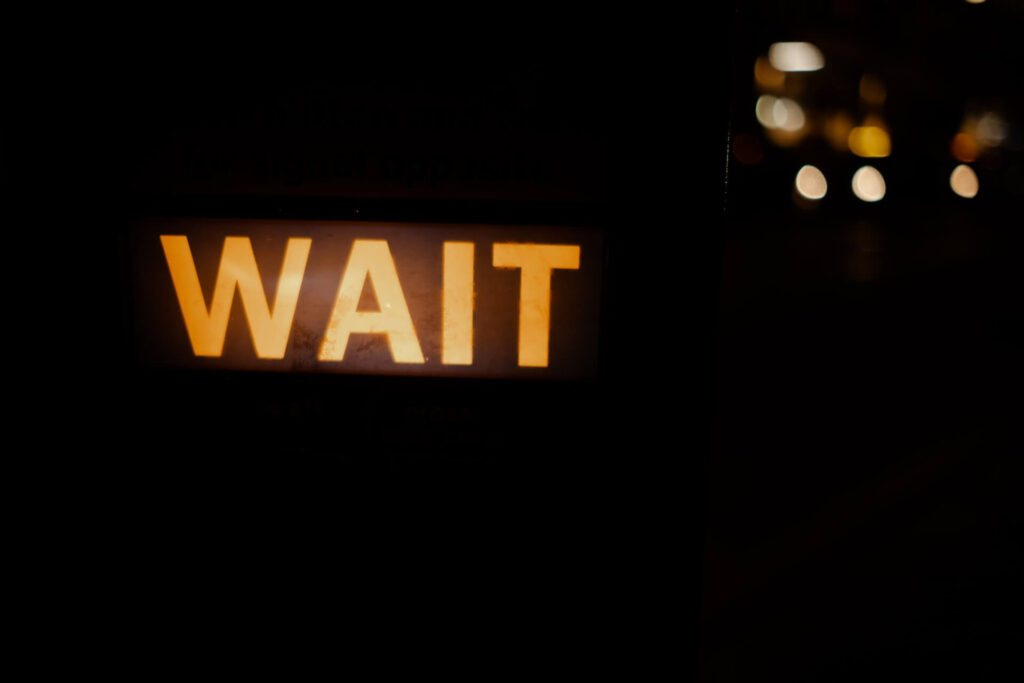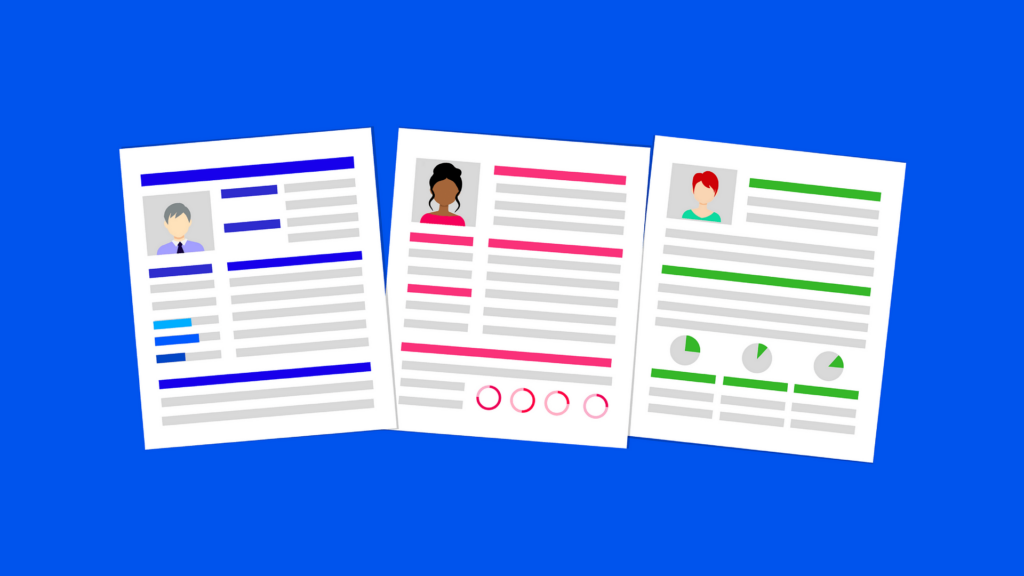How to List Contract and Freelance Work on Your Resume to Wow Your Next Client

Do you need help on how to list contract work on your resume or CV? There’s nothing like an impressive resume that can really set you apart from the rest of the freelancers. Nowadays, clients are not really looking out for your degrees or the university you graduated from (of course, this can still be a good leverage). However, having an excellent list of experiences and references can really fill out your resume.
Knowledge, skills, and expertise are of course very important for any client as well as unique freelance ideas. But, you can really wow a client by listing down freelance work on your resume. How do you go about doing that though? If you are just starting out, then by all means, just include everything. However, as you go through your freelancing journey, you’ll find that your resume may be filled to the brim.
After all, freelance work is not the same as being employed. Most of the time, you will have multiple projects or clients in one month. Which ones do you actually put in your resume? This will be discussed below to help you out.
Before Listing Freelance Work on Resumes

Hold up, before you start on how to list contract work on a resume, you have to know first which ones to list. Remember that not all clients are the same and some may not appreciate it if you share confidential work. So, before anything else, answer these questions below before proceeding to the next part:
• Is there an NDA?
If your former client made you sign an NDA or non-disclosure agreement, then chances are, you may not include this certain contract work on your resume. The only way to work around this is to talk to your former client and ask for their permission. If they say no, sadly, all you can do is respect their wishes.
One thing you can do is to use work that is published or available to the public. Maybe you made something that was shared on social media. Or if your former client has a profile that is available to the public that featured some of your works, then you can share this. However, internal documents are off-limits, even drafts that didn’t make the cut.
• What is written on your contract?
When you make a contract, make sure that you include that you can share the output or deliverables you create. There are some clients who will want full ownership of all of the projects you do for them. Even if this is the case, you might want to make a clause that you can share these even if you don’t own them.
It’s important that everything is in black and white so there will be no legal issues in the future. You also need to check if you are allowed to work with new clients that are direct competitors of your former clients. It would be a very worrying situation to show campaigns you have worked on for your former client to your new (direct competitor) client.
• Can you talk to your former client?
The best thing to do before you list down contract work on your resume is to get the approval or permission of your former clients. The least you can do is to give them a heads-up, especially if you are using them as a reference, too. A verbal approval will do but if you want to be really safe, put this in writing. Even just a chat message or email saying that you will include their company name and project on your resume will do. Make sure to get their response, of course.
How to List Contract Work on Resumes

Now that is all sorted out, you can now start to learn how to list contract work on a resume. Again, make sure that everything is approved or has permission before proceeding to this section.
1. Name drop but don’t give everything away
One of the major problems some freelancers (and even aspiring employees) have when it comes to listing work on a resume is, it can be too detailed. You have to make sure that your resume is concise. So, when listing down contract work, do major name drops of companies or clients you have worked with as well as recognizable projects. Then, do a quick snippet of your responsibilities, but again, don’t give everything away. Make it interesting so that the potential client will want to discuss this contract work with you during your interview.
2. Tailor your resume to your potential client
With so many contract works and projects, you might have a difficult time placing everything on your resume. When that is the case, a good rule of thumb is to scope out your potential client. Now, this can take some time and effort so only do this for clients that you really want to work with.

Find out what your potential client is all about and see the new project that they need a freelancer for. Once you get the gist, create a list of experiences on your resume that is related to this project. Choose tasks and responsibilities that are related to the work or opt for clients that are in the same industry as the potential client. It may also help if your former clients know the new ones so they can put in a good word for you.
3. Arrange by relevance
Learning how to list contract work on a resume will depend on what is relevant to you and your potential client. If you need a bit of help listing contract work this way, check out some categories below that will help you out:
• Date
One of the most conventional ways of listing contract work is by date. You have to put up top the latest projects you have done. Some clients prefer this as they can see if your work is up-to-date or relevant, especially in fast-paced and ever-changing industries, like social media or content creation.
• Prominence or Recognizability
If you have worked with recognizable clients or have recently worked on something that went viral or popular in your industry, then it might be worth it to place these on top. It doesn’t matter if you have worked on them a couple of years ago, if it remains relevant, prominent, and recognizable, it’s worth a shot to “highlight” them on your resume.
• Role
Were you ever made a spearhead for a project? Maybe you became an editor or a lead? If the role is a major one, then it would be a good thing to add to your resume. Don’t forget to list the most essential role at the very top, supporting ones or minor ones can be added on the second page if needed.
• Tasks and Responsibilities
Maybe you don’t have a snazzy title during a project you have worked on. Not to worry, just list down the contract project that you know you had important responsibilities on. Do include the main tasks that you are really proud of or have made a significant impact on the project.
Conclusion

Once you have learned how to list contract work on your resume, it’s time to get to business. After finishing your resume, have a fellow freelancer, friend, or family member read your resume just to see how others would react to it. Sometimes, a fresh pair of eyes is needed to spot mistakes or to find more areas for improvement on your CV.
Your resume is one of the most important documents you’ll need as a freelancer. Make sure you know how to list contract work on it so as not to have any missed opportunities with clients that you really want to work with or projects you want to handle.
Get Organized & Win More Clients
Kosmo has everything you need to run your freelancing business.